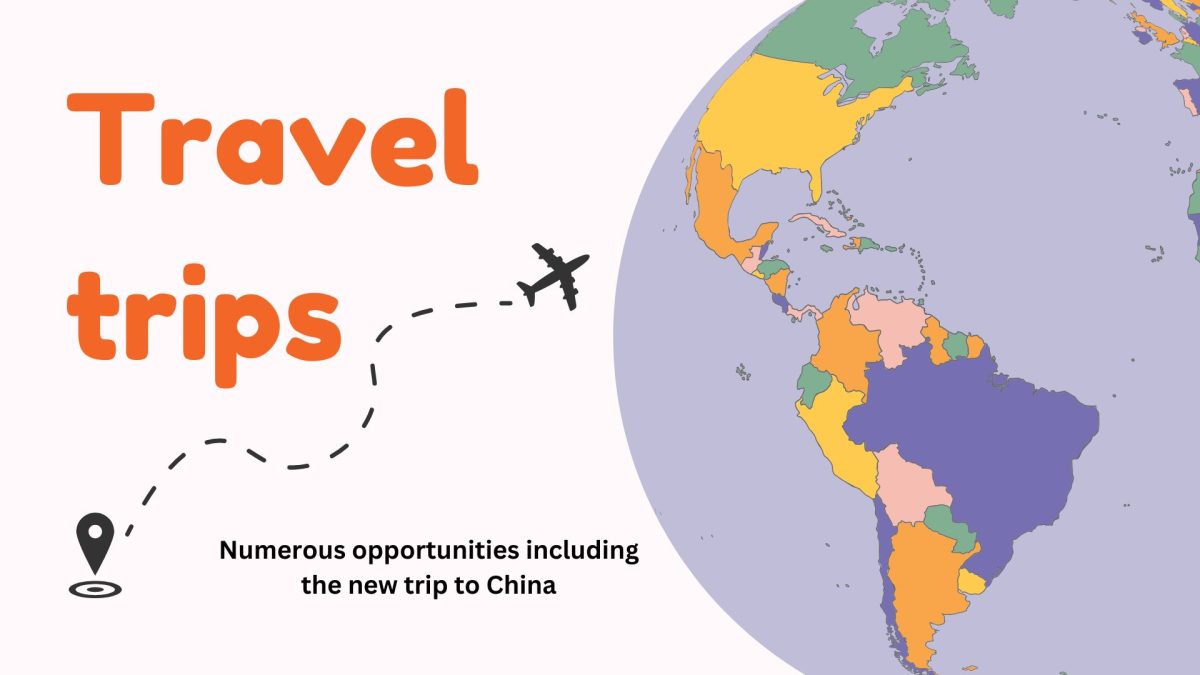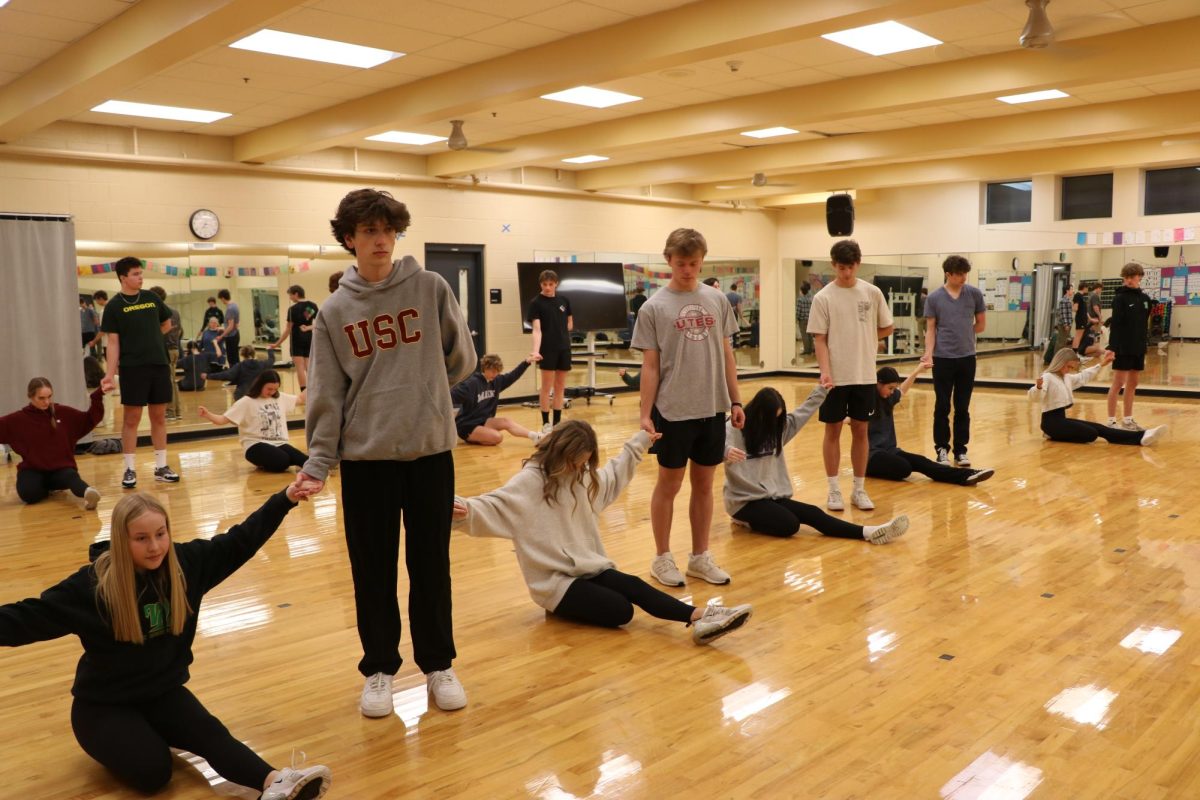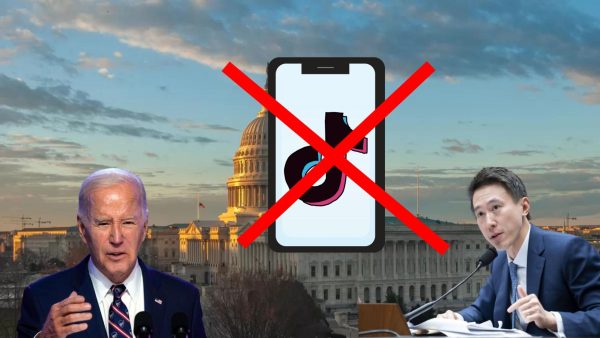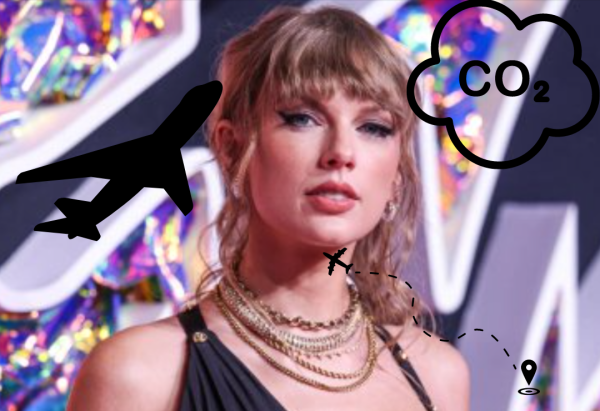A picture of women in film
How the lack of representation in the film industry goes beyond what award shows think
Many critics have called out the bias of the Academy. In one tweet, actress Issa Rae reacted to the 2020 nominations, saying, “Congratulations to these men.”
This Sunday, Feb. 9th, the 92nd Academy Awards ceremony will be held in the same venue with the same awards given to the same groups of actors. In recent years, there has been controversy over the lack of diversity in those recognized. Upon the release of the nominations, many were upset over the clear lack of nominations for women and people of color. In the Best Director and Best Picture category specifically, there were no female director nominees and only one movie (“Little Women”) with a focus on numerous female characters.
It’s important to note that it wasn’t like there weren’t any good movies led by women produced this year; “The Farewell,” “Little Women,” and “Hustlers,” all directed by women, earned critical acclaim, as well as featuring strong performances by leading actresses. Out of these three films, only “Little Women” earned nominations in seven categories (including Best Picture, Best Adapted Screenplay, and Best Actress), while “The Farewell” and “Hustlers” were left out. Though I’m no film critic, the equation of critical acclaim plus audience approval adding up to a short of nominations doesn’t quite make sense. There seems to be a hidden factor attached to certain films that’s unseen in others. It doesn’t take much to assume that this “factor” is the Academy’s bias.
The Academy’s bias is nothing new. In the over 90 years that the Oscars have been held, only five women have ever been nominated for Best Director, with Kathryn Bigelow being the first and only woman to win in 2010. Overall, only about 10.6% of directors of the top movies were women in 2019, so there is some grace to be given in that there is a significant difference between women and men working in the film industry.
It could be said that Hollywood is both unaccountable and responsible for its lack of women in film. For much of its history, the movie industry was a reflection of the society around it; women were primarily actresses, while men directed, produced, and lead films, similar to the cultural gender roles of the day. However, this is far from the case today. Women made up 20% of directors, writers, producers, and cinematographers of the top-grossing films of 2019. Women are no longer just actresses, they’re storytellers and the minds behind the movies that millions of people around the world are driven to see.
It’s this idea of stories that many critics have referenced in searching for the reasons behind the Academy’s bias; that many still categorize films as stories for men or stories for women. We turn to movies to see reflections of our own lives, but there have been evident issues in the ability of male film critics to pay attention to films that are less reflective of their own experience and instead more reflective of women’s. Looking specifically at “Little Women,” in the initial screenings of the film, there was a two to one women to men ratio when it came to the audience members, as reported by Vanity Fair.
The Academy’s bias, unfortunately, is unsurprising. While it can be a common presumption that things like movies and sports are separate worlds that operate in a better, more equal way, in reality, they’re a deeper reflection of our society than we think them to be. Where they have the opportunity to be progress-makers, they stick to what is known. Those who began ahead stay ahead, and those who began behind stay behind. In this sense, the Academy has failed to adapt. Their lack of recognition of female filmmakers inadvertently discourages the progress of women in film. They refuse to use their influence to promote a more diverse future in filmmaking, and — the movie industry being the titan that it is — a more diverse future in other fields as well.
What the Academy doesn’t seem to realize is that their influence is one that is personal to many. On average, 246 million people go to the movies per year, and this number is only growing. The movie industry is more interwoven than we realize; it goes back to the idea that we go to the movies to see parts of ourself. If the Academy prevents the progress of women in film, what message does this send to the next generation of young women who don’t see themselves in movies “made for everyone?” This idea of a lack of representation leads to an increase of exclusion, but yet, institutions like the Academy continue to act in an exclusionary way, showing aspiring female filmmakers that they are not welcome in Hollywood.
Going into the future, many hope to see industries and institutions like the Academy take action in recognizing the accomplishments that women (not to mention people of color) in film have made. Women should feel like what they do in the world will be recognized, rather than put aside under the guise of not being “good enough.”
Your donation will support the student journalists of West Linn High School. Your contribution will allow us to continue to produce quality content by purchasing equipment, software, and continuing to host our website on School Newspapers Online (SNO).

Delaney Callaghan, senior, is the People section editor for wlhsNOW. A member of the staff since her sophomore year, she loves writing about the unique...


























![Game, set, and match. Corbin Atchley, sophomore, high fives Sanam Sidhu, freshman, after a rally with other club members. “I just joined [the club],” Sidhu said. “[I heard about it] on Instagram, they always post about it, I’ve been wanting to come. My parents used to play [net sports] too and they taught us, and then I learned from my brother.”](https://wlhsnow.com/wp-content/uploads/2024/03/MG_7715-2-1200x800.jpg)





![The teams prepare to start another play with just a few minutes left in the first half. The Lions were in the lead at halftime with a score of 27-0. At half time, the team went back to the locker rooms. “[We ate] orange slices,” Malos said. “[Then] our team came out and got the win.”](https://wlhsnow.com/wp-content/uploads/2023/10/IMG_2385-1200x800.jpg)





![At the bottom of the third inning, the Lions are still scoreless. Rowe stands at home plate, preparing to bat, while Vandenbrink stands off to the side as the next batter up. Despite having the bases loaded, the team was unable to score any runs. “It’s just the beginning of the season. We’re just going to be playing out best by June, [and] that’s where champions are,” Rowe said.](https://wlhsnow.com/wp-content/uploads/2024/03/IMG_3077-1200x900.jpg)













































































